More pictures
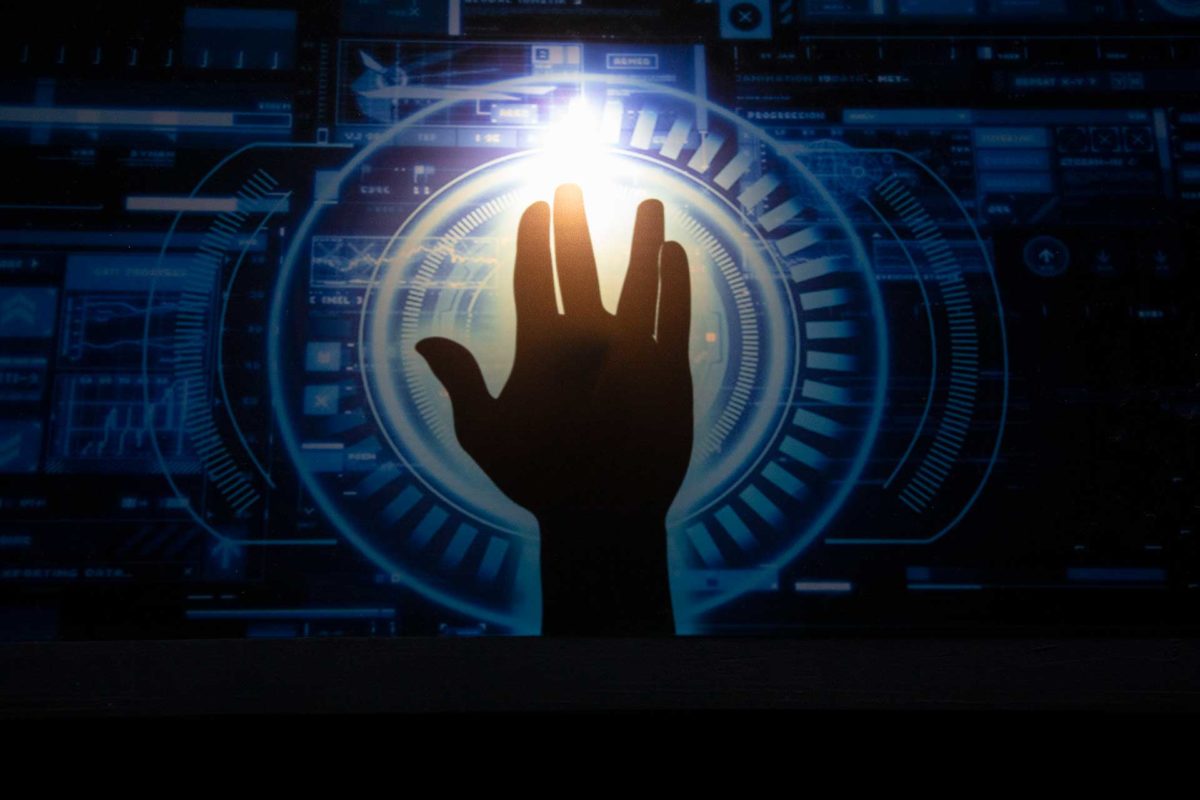
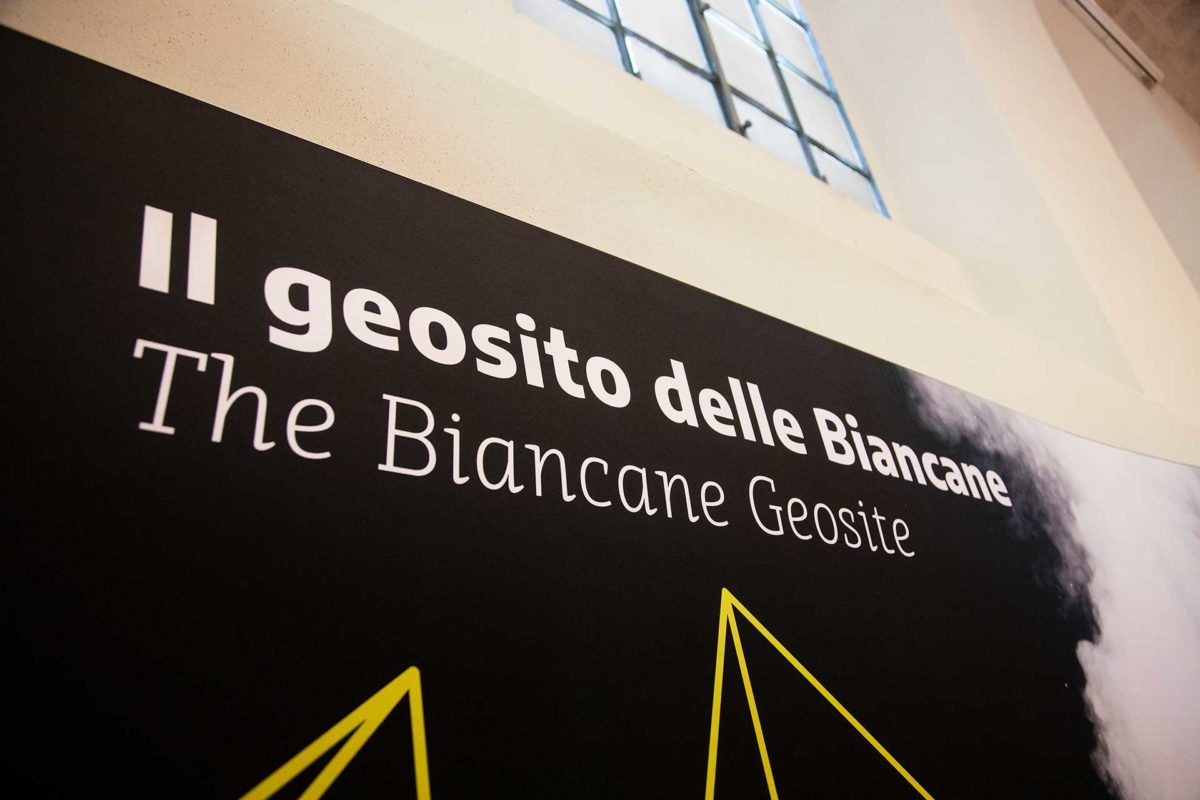
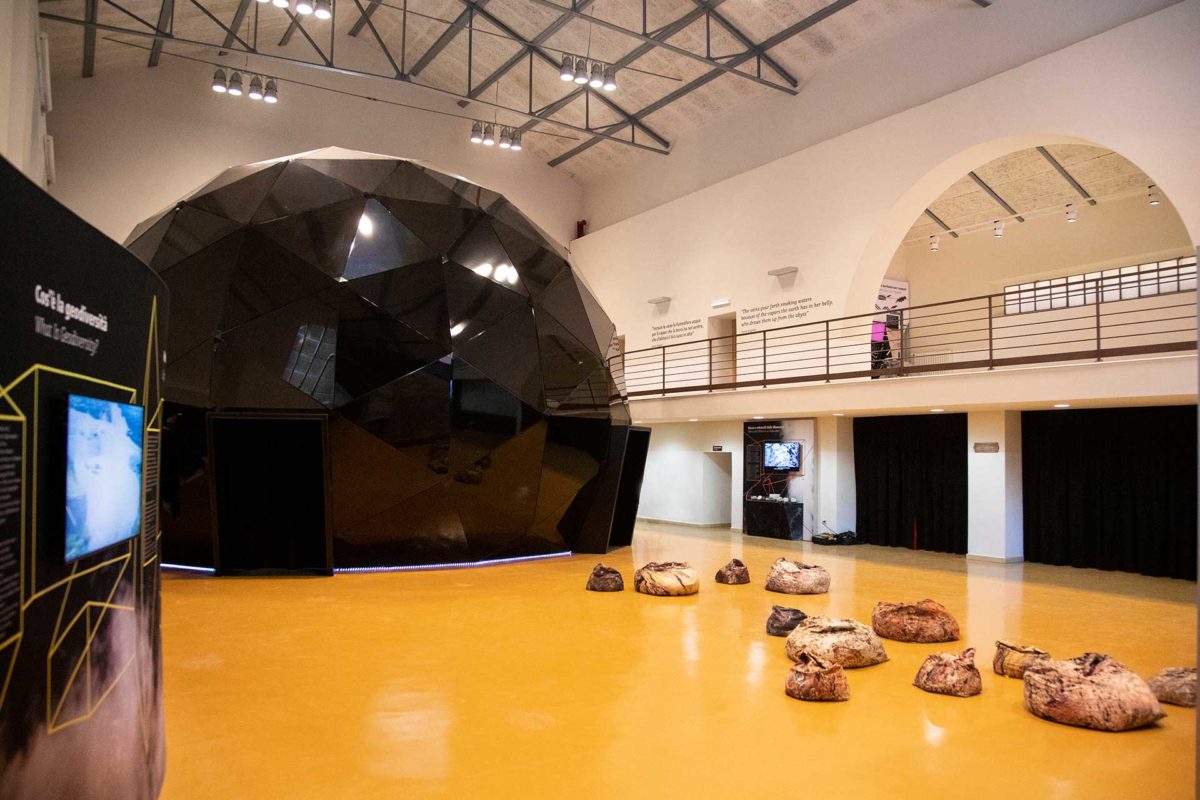
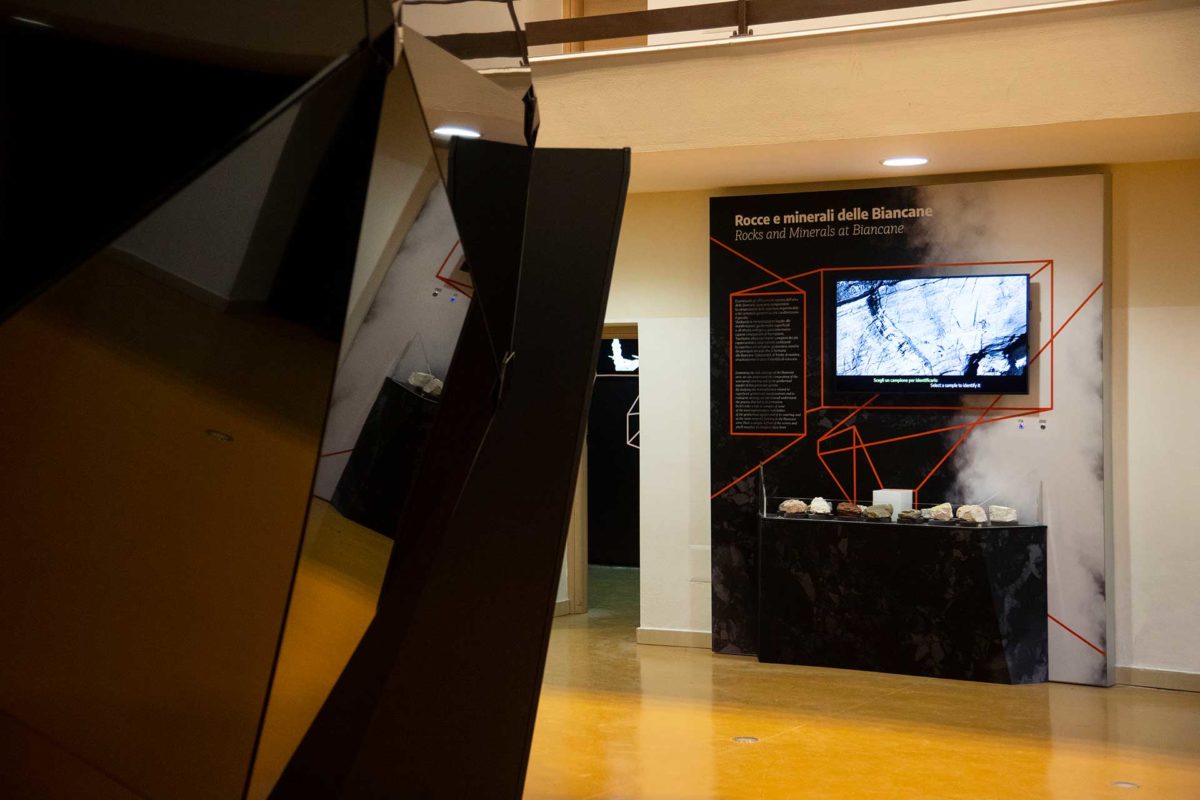
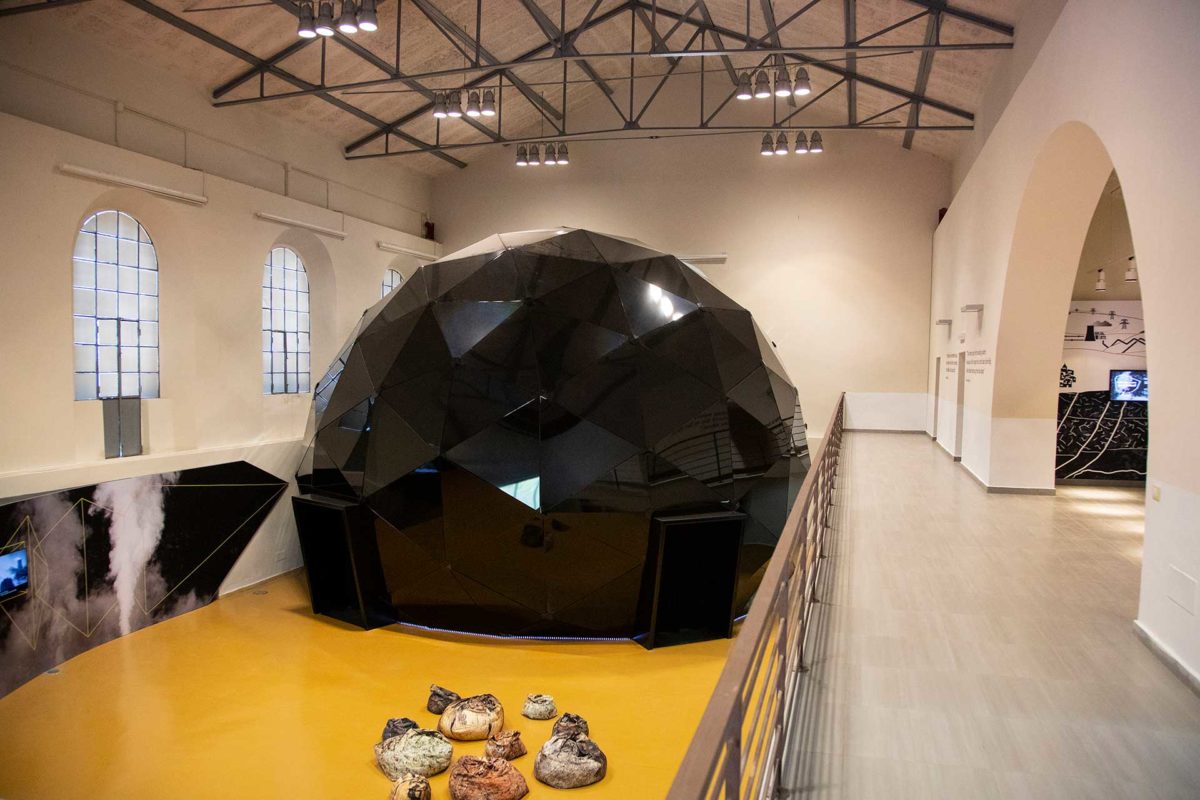
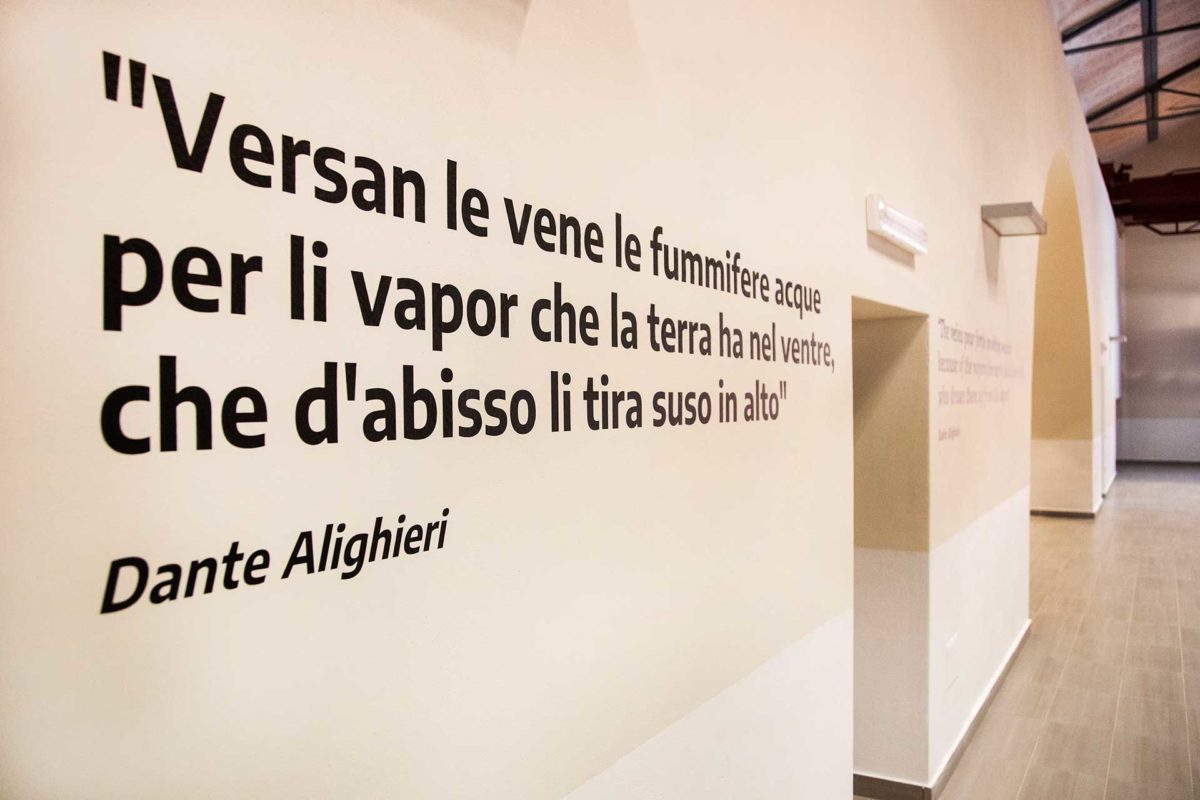
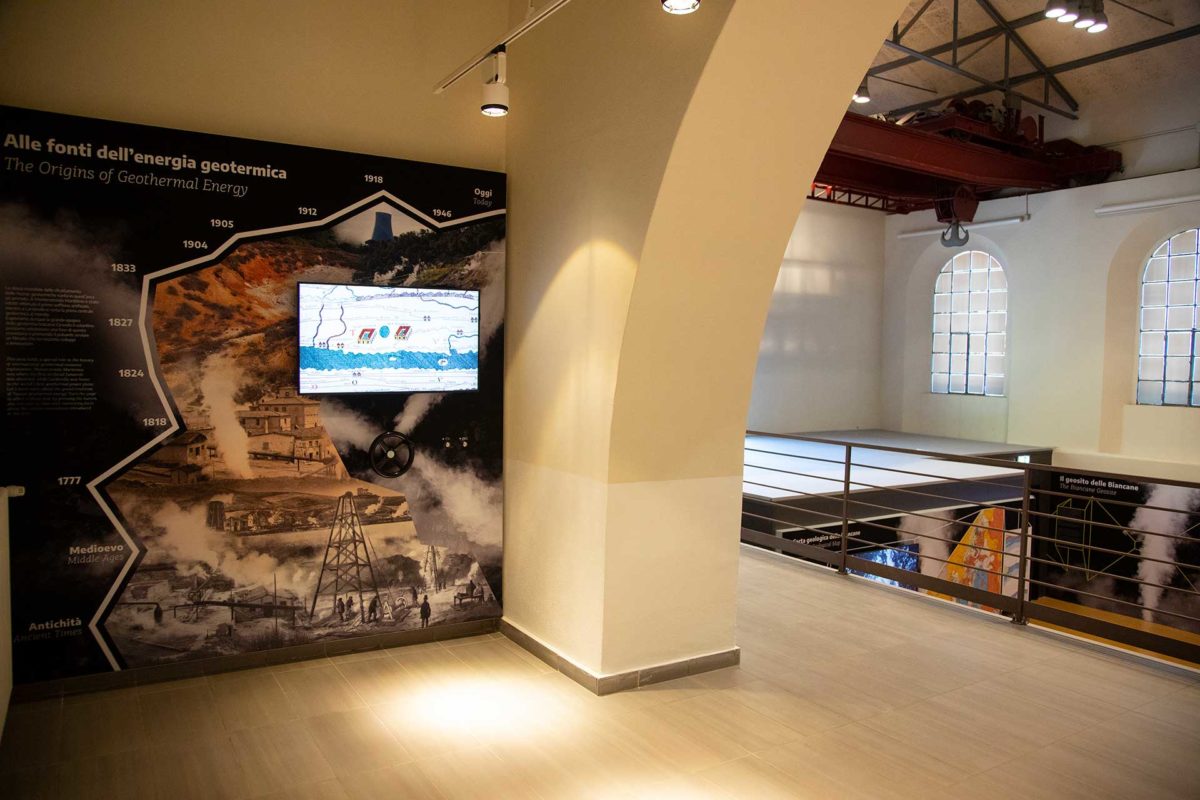
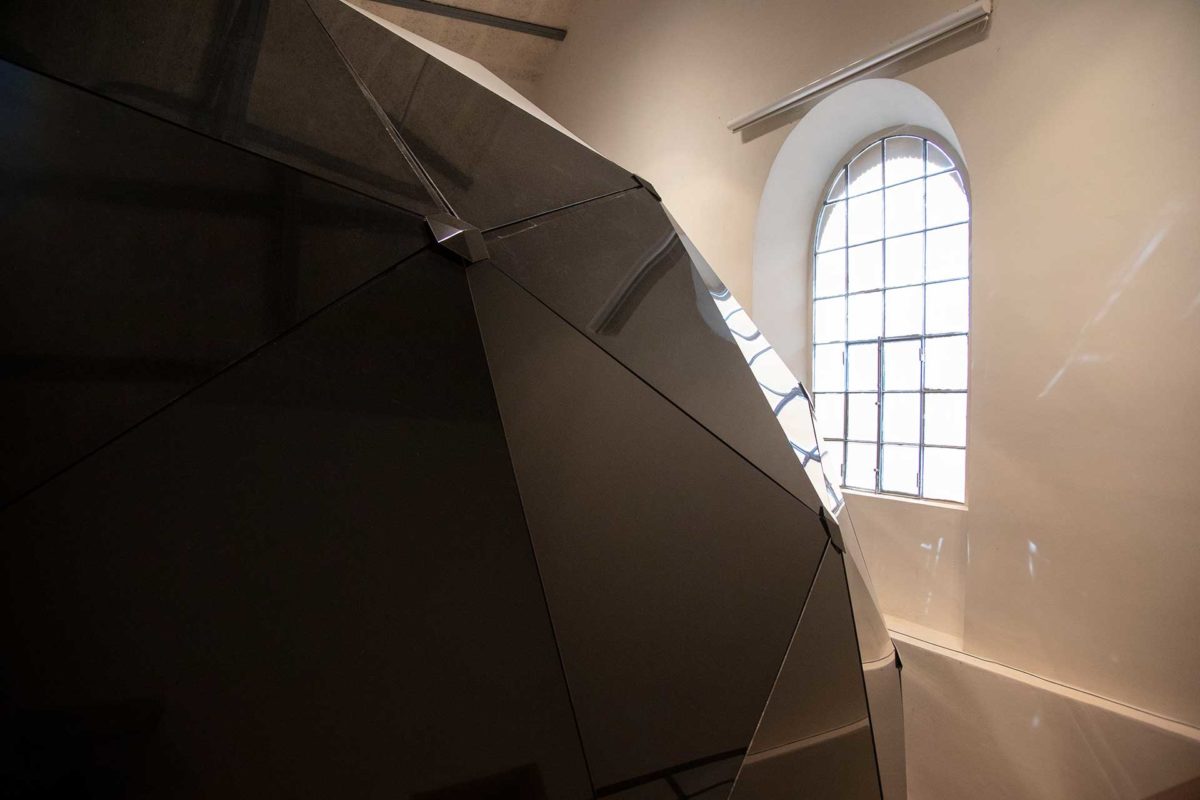
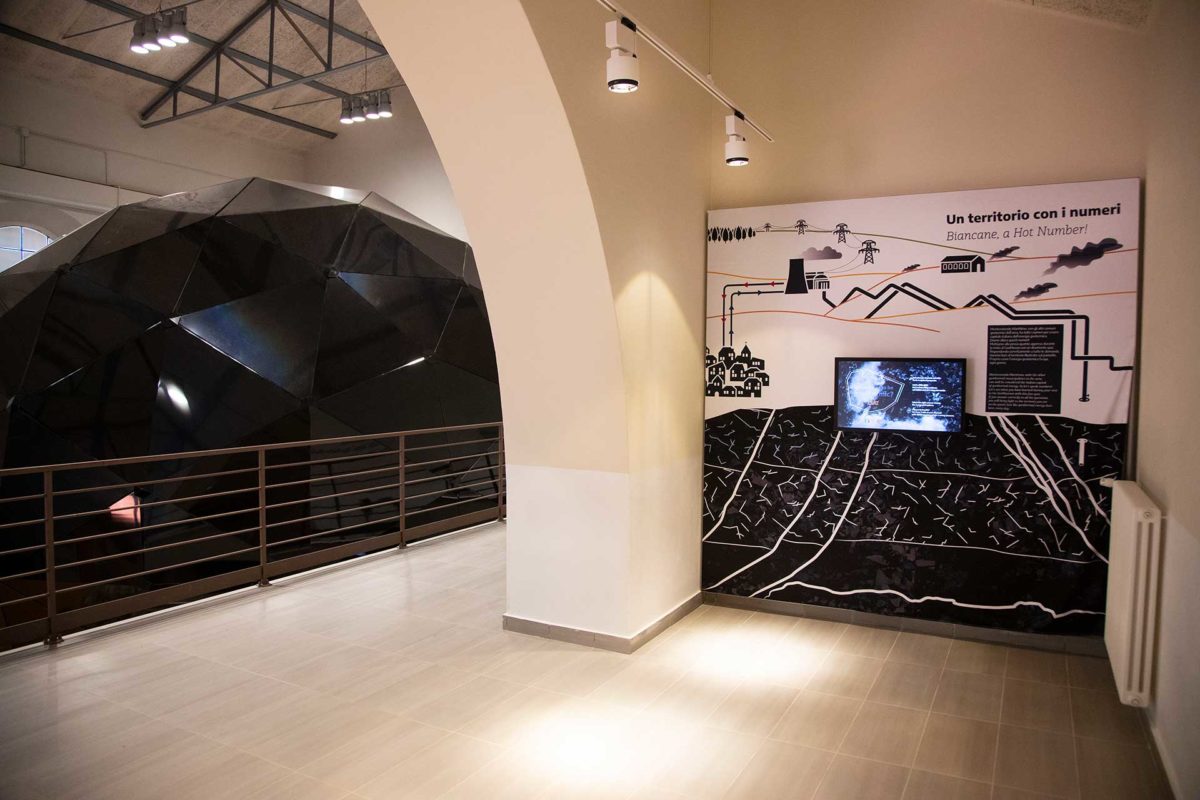

Geodiversity is the variety of geological elements on the Earth. It is the basic reason and the symbol of single territories, it affects their ecosystem and biodiversity. The variety of landscapes on our planet is not due to chance, but to the different geological histories that led to their formation. These geological histories have led to the presence of some specific rocky bodies, thus determining their abiological characteristics.

The geodiversity of the Biancane shows itself on the surface in a landscape that reminds of Dante’s Inferno. We walk on surprisingly hot rocks and we are surrounded by plumes of vapour, the “fumacchi.” The colour of the soil is peculiar, in some areas the geothermal alteration has resulted in white rocks and other bright ocher rocks. Our sense of smell is stimulated by hydrogen sulphide emanations, while our gaze remains captured by splendid yellow sulfur crystals.

The surface peculiarity of the geosite has underground origins, in the unique condition of the subsoil of the Biancane. Through a schematic cross-section, we can observe the vertical overlap of the rocky bodies of the Biancane, their water retention capacity and the presence of an underground heat source.

The normal geothermal gradient is an increase of 3°C for every 100 meters of depth. The Biancane are instead characterized by a high geothermal anomaly, due to the presence of a granitic pluton in slow cooling at 4000 meters of depth. In this area the magma is located just 7 km from the surface, in opposition to the standard 20-70 km. It is interesting to compare the column of the rocky bodies of the Biancane subsoil with the vertical section of an area with a normal geothermal gradient. By moving the cursor of the tool available for visitors and moving it to the various altitudes, we will discover how much the expected temperatures diverge (derived from the interpolation of certain values).

If we examine the rocky outcrops of the Biancane area, we can see the composition of the waterproof covering and the geothermal reservoir that characterize the geosite. By studying the mineralizations associated with the surface geothermal manifestations and with endogenous activity, we can understand the mechanisms of their formation. We can then touch the samples of the most representative rocky bodies that form the covering and the geothermal reservoir, as well as of the main minerals that form at the Biancane. By placing them in front of the monitor, we will see their identity card.

On the surface of the rocks surrounding the geothermal sources that emit gases and vapours, it is possible to observe an amazing natural phenomenon: the formation and rapid growth of sulfur crystals. Sulfurous gases and vapours (hydrogen sulphide and sulfur dioxide) form clear sulfur crystals, which adhere to the rock surfaces around the source, due to the physical phenomenon of sublimation. The sulfur crystals form and grow in a few hours and reach dimensions up to 20 mm. They often result into twinned crystals with curious and beautiful branched fractal shapes, similar to the V-shaped branches of a fir or to those of ice crystals.

Fluorescence is one of the most surprising properties of minerals. Under ultraviolet rays, a non-visible and high-energy radiation, the fluorescent minerals emit bright and intense light, of a different colour compared to the natural mineral. Only some minerals have this characteristic, such as fluorite. To observe the phenomenon, we use ultraviolet rays with long (350nm) or short (250nm) waves, with different effects. This characteristic is exploited in mining and oil research and can help identify certain minerals.

Will it boil or not? Turning the handwheels, we can vary the pressure and temperature values inside the case. The water in the pot will boil only if the appropriate conditions are met.

Let’s try to engrave one of the displayed rocks by using the samples of the Mohs scale. Starting from the least hard and increasing the values from 1 to 10, when we observe that the rock is carved, it means that its hardness is equal to or lower than the sample of the scale used.

Reading the descriptions on the table, we try to recognize the samples placed in the tray and lay them on the base with the corresponding name. Once all the samples have been placed, we press the test button to check if the positions are correct. Finally, we’ll put the samples back in the tray.








